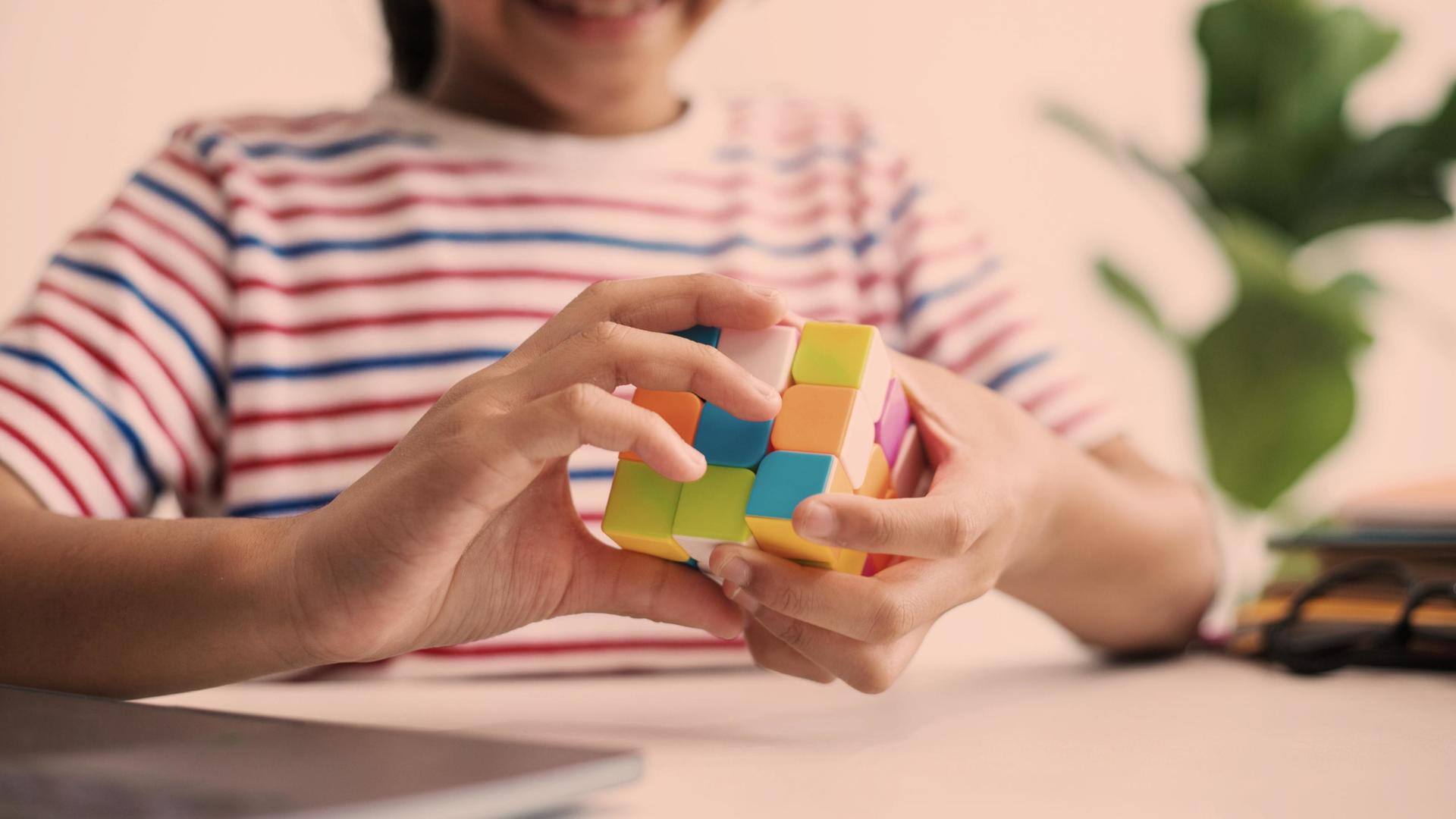
Let your kids play these brain games to grow smart
What's the story
Let them learn as they play. Children have delicate but eager minds which should be fed with information, thoughts, skills, and habits seminal to their growth. And as they spend most of their time playing, the best way to do that is to incorporate some intellectually stimulating activities during those hours. These five brain games can help.
Thinking skills
Brain teasers
This one is a classic game that can help your kids boost their thinking abilities. These are some mind-boggling riddles that can enable your little ones to pay attention to details and concentrate on the hidden meaning. For instance, you can ask them, "A truck drove to a village and met four cars. How many vehicles went to the village?" Answer: One truck!
Problem-solving
Survivor case studies
This game requires no gadgets or special set ups. It is a no-fuss but extremely stimulating activity that can boost your kids' problem-solving skills. Construct a hypothetical case study like "You are stranded on an island. How will you create shelter for yourself using the things around you?" This can push them to think creatively and out of the box.
Flexibility
Lumosity
Lumosity is among the best brain games for children of any age as it has been designed by various neuro-physical researchers to inculcate optimal brain functioning in your kids. It has more than 60 tasks to test a child's attention, memory, problem-solving, accuracy, flexibility, and response time. It is an app-based game with a friendly interface, so no parental supervision is required.
Sensory skills
Apple Tree
Through this game, your child can work on their sensory skills. A person thinks of a word and draws dashes on a paper to represent each letter. On each of these dashes, they make a tree with seven apples each. The other person has to guess the letters. Correct ones are written on the dash, while the incorrect ones are written inside the apples.
Speed
Rubik's cube
Rubik's cube can promote speed, spontaneity, and accuracy in kids, which is why it is an excellent brain game for them. It was invented back in 1964 and since then, it has been popularly used as an exercise to teach kids about three-dimensional (3D) spaces. Besides that, it also improves your kids' reflexes as it is about applying algorithms and continous twisting.